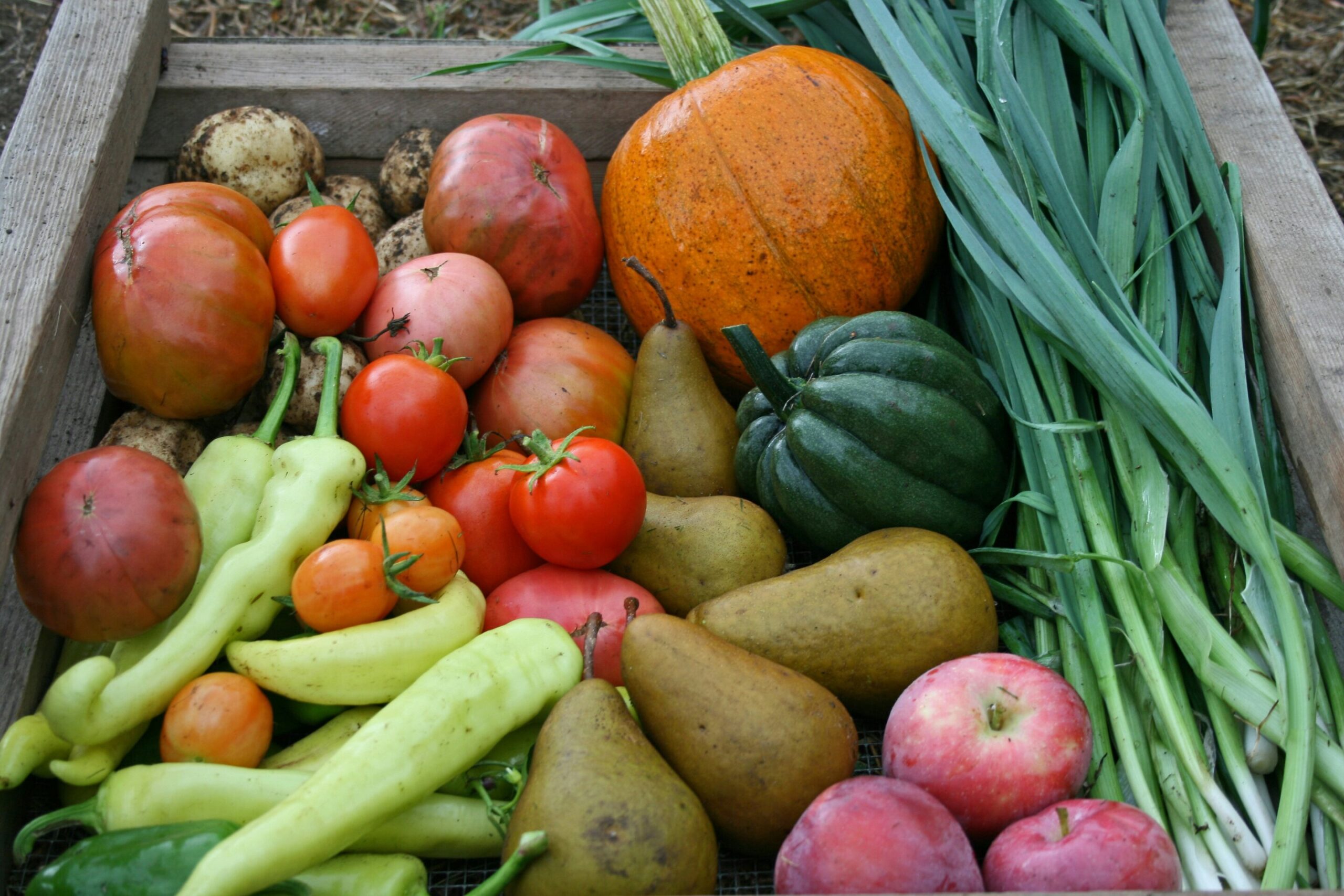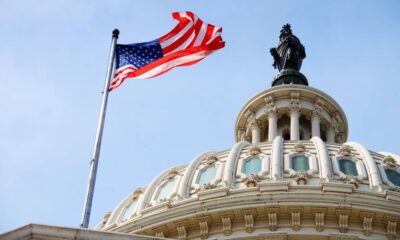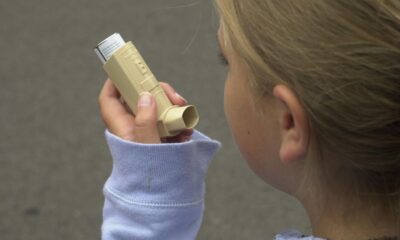Health
American diets briefly became healthier and more diverse during the COVID-19 pandemic

Credit: Unsplash/CC0 public domain
American diets may have become healthier and more diverse in the months since the start of the COVID-19 pandemic, according to a new study led by Penn State researchers.
The study-published in PLOS ONE– found that as states responded to the pandemic with school closures and other lockdown measures, citizens’ diet quality improved by as much as 8.5% and food diversity by as much as 2.6%.
Co-author Edward Jaenicke, professor of agricultural economics in the College of Agricultural Sciences, said the findings provide a snapshot of what Americans’ diets and eating habits might look like with virtually no food in restaurants and cafeterias.
“When restaurants closed, our diets became a little more diverse and a little healthier,” Jaenicke said. “One lesson from the post-pandemic period is that we now have some evidence that any future shift in restaurant spending, even if not caused by the pandemic, could improve Americans’ food diversity and health.”
Before the pandemic, the researchers said, the average American diet was generally considered unhealthy. According to the Dietary Guidelines for Americans, U.S. eating patterns have remained well below the guidelines’ recommendations, with only slight improvements in the population’s average Healthy Eating Index score between 2005 and 2016.
Furthermore, before the pandemic, the research team was in the middle of a project asking how people would feed themselves after a massive global catastrophe, such as an asteroid impact or nuclear war. Specifically, Jaenicke’s team was tasked with investigating how consumers and food retailers might behave during such a disaster.
“Initially, the most impactful events we could study using actual real-world data were hurricanes and other natural disasters,” Jaenicke said. “But then came the COVID-19 pandemic and we realized this event was an opportunity to explore what was the closest thing to a real global catastrophe.”
For the study, researchers analyzed data from the NielsenIQ Homescan Consumer Panel on groceries, including 41,570 nationally representative U.S. households. The data consisted of the quantity and price paid for each universal product code purchased by each household during the study period.
Data was collected from both before the pandemic and after the pandemic led to the temporary closure of schools, restaurants and other institutions. Because states did not respond to the pandemic at the same time, the researchers labeled each household’s post-pandemic period as the weeks following the date their state of residence closed schools in 2020.
Jaenicke noted that this allowed the team to demonstrate a true causal effect of the pandemic school closures, which typically occurred around the same time that restaurants and other dining establishments also closed.
“To determine causality, an individual household’s food purchases before and after the pandemic were first compared to the same household’s food purchases a year earlier,” Jaenicke said. “In this way, we checked the food purchasing habits, preferences and idiosyncrasies of individual households.”
The researchers found that in the two to three months following the pandemic school closures — from March to June 2020, depending on the specific U.S. state — there was a modest increase in Americans’ food diversity, defined as the number of different food categories a person has . eat for a certain period of time.
They also found a greater, temporary increase in nutritional quality, meaning the food purchased was healthier. This was measured by how closely a household’s purchases matched the United States Department of Agriculture’s (USDA) Thrifty Food Plan, which was designed to meet the requirements of the recommended healthy diet under the Dietary Guidelines for Americans .
These patterns were found in households with many different demographics; however, households with young children, lower incomes and without a car showed a smaller increase in these measures.
“During the COVID-19 pandemic, restaurants closed for dine-in service, schools and school cafeterias closed, and many supermarket shelves were empty,” says Jaenicke. “Given that approximately 50% of U.S. food dollars are spent on out-of-home food from restaurants and cafeterias, the pandemic was a major shock to the food system.”
The researchers said there are several possible explanations for these findings. First, because other studies have found that food from restaurants is often less healthy than food made at home, the dramatic decline in the number of meals eaten and purchased at restaurants during the pandemic could have contributed to an increase in food diversity and health at home.
Second, they said it was possible that a global pandemic was pushing some consumers to become more health-conscious and helping them buy healthier and more diverse groceries. Third, because the pandemic caused widespread supply chain disruptions, it is possible that as well-known products sold out, consumers switched to newer products, leading to greater diversity and health.
Finally, school and business closures may have left many households with more time to cook and prepare food than before, while others – such as those with small children – may have had less free time than before the pandemic.
Jaenicke said additional studies in the future could continue to investigate how different disasters affect purchasing and eating habits.
More information:
Daniel P. Simandjuntak et al., Pandemic-induced changes in food diversity and diet quality at the household level in the US, PLOS ONE (2024). DOI: 10.1371/journal.pone.0300839
Quote: Study: American diets briefly became healthier and more diverse during COVID-19 pandemic (2024, July 9) retrieved July 10, 2024 from https://medicalxpress.com/news/2024-07-american-diets-briefly-healthier -miscellaneous .html
This document is copyrighted. Except for fair dealing purposes for the purpose of private study or research, no part may be reproduced without written permission. The content is provided for informational purposes only.













